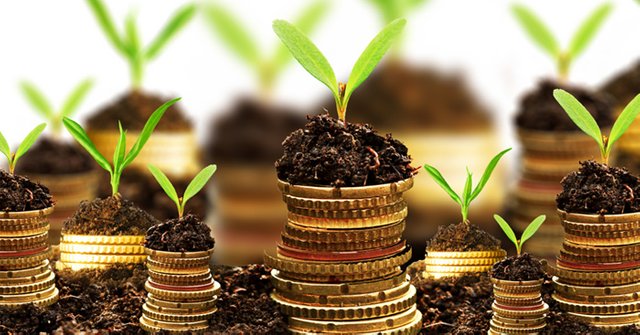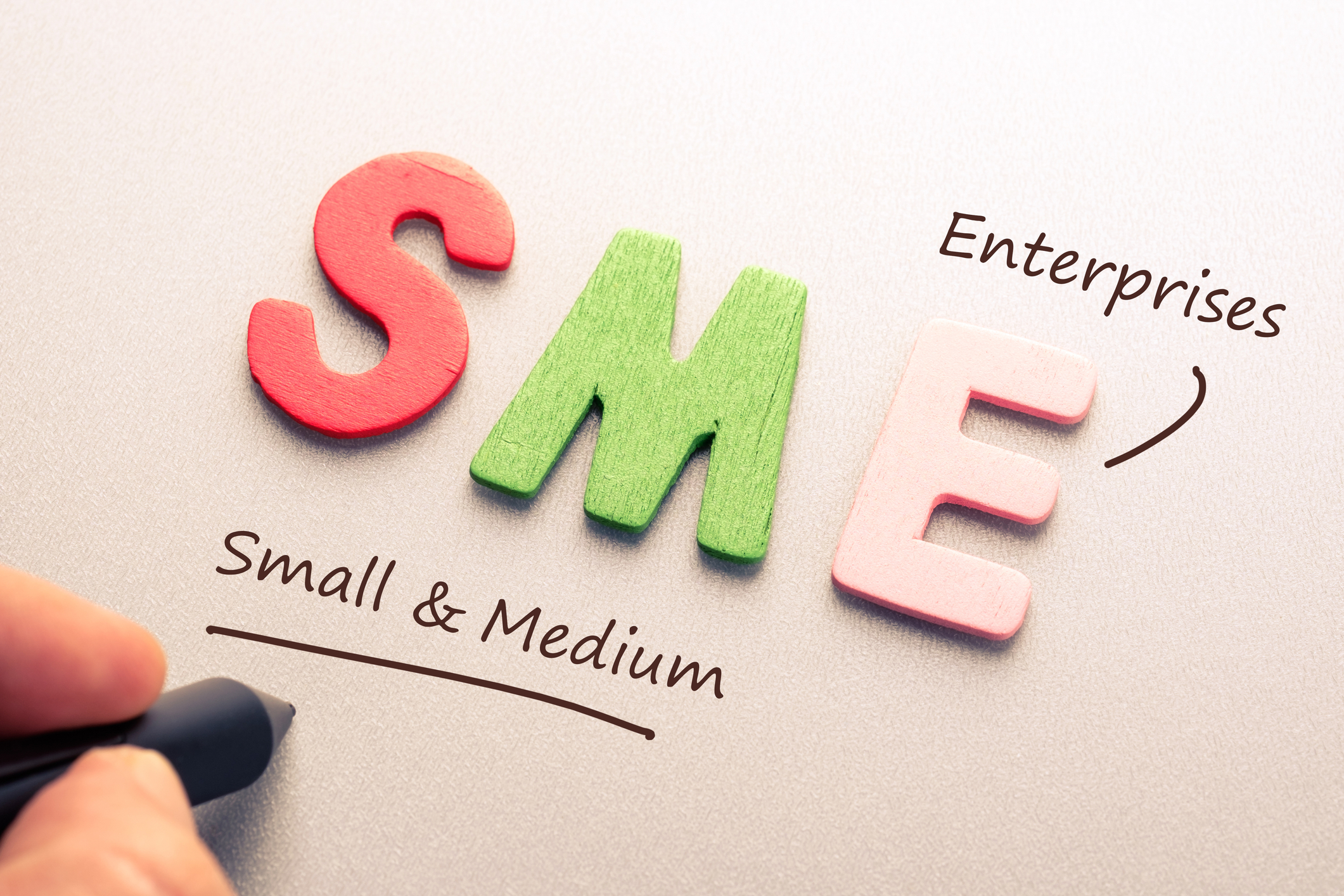What You Seed Is What You Get
Small and Medium Enterprises (SMEs) vary from size to capacity for growth. Although every SME has a different style of development, organisational structure and freedom of independent action, they still face same problems during their stages of development. What are these phases and what is needed for SME to go to another level of development?

The first step is Pre-Seed phase, when there is a need to find the person who can provide funds, family or friends. This is the first institutional capital into a company, whose product is mid-built or just launched. The ones, who survive this stage, move to the following step.
The second, Seed and third, Start-up, are phases, where the SME should find a business angel, a wealthy individual, but not an institution, who invests his/her personal capital in the start-up company. The most common expectation of a business angel is to get a return on their investment of 2 to 40 times their investment within three to eight years. This may mean, that the business angel will want to have a place in the board of the company. However, some still want to become sleeping partners and simply provide the company with capital.
The fourth phase, Early Growth is for searching for the venture capital. This is a very important source of funding for startups, which do not have access to capital markets. Even though there’s a high risk of not getting any advantage in funding the company, it typically results in having impressive returns, a portion of equity and influence on the company’s future development.
The fifth, Sustained Growth step, considered as a very important step, is said to be, when the company exits Initial Public Offering (IPO) or Trade sale etc. The IPO is the first sale of stock by the private company to the public. IPOs are issued by smaller, younger companies that are seeking to expand the capital. But sometimes IPOs are also used by larger companies, who are willing to become publicly traded. The issuer has priority to define the best offering price and the time of bringing the company on the market.

The risk is highest on the first two stages, where the company starter cannot give any insurance to the business angel. But even after the success of the company, the founder thinks that there is no long-term potential he/she can leave the company with x% more that the first investment, for instance, if the first investment was 100k and the Return on Investment (ROI) was 50$, the investor leaves with 150k.
So the path from the start-up to the wanted company on the market is very long, but before these development stages come on the way company starter should make sure, that he/she has an ambitious management team that can achieve the growth, unique selling point and way back. The path is risky and unstable. However, reaching the top of it gives the ability to the company owners to start fighting in a whole new league.
Hi. I am a volunteer bot for @resteembot that upvoted you.
Your post was chosen at random, as part of the advertisment campaign for @resteembot.
@resteembot is meant to help minnows get noticed by re-steeming their posts
To use the bot, one must follow it for at least 3 hours, and then make a transaction where the memo is the url of the post.
The price per post is the author's reputation, devided by 1000.
(For example 44 reputation means minimum 0.044 SBD or STEEM.)
Even better: If your reputation is lower than 28 re-steeming only costs 0.001 SBD!
If you want to learn more - read the introduction post of @resteembot.
If you want help spread the word - read the advertisment program post.
Steem ON!